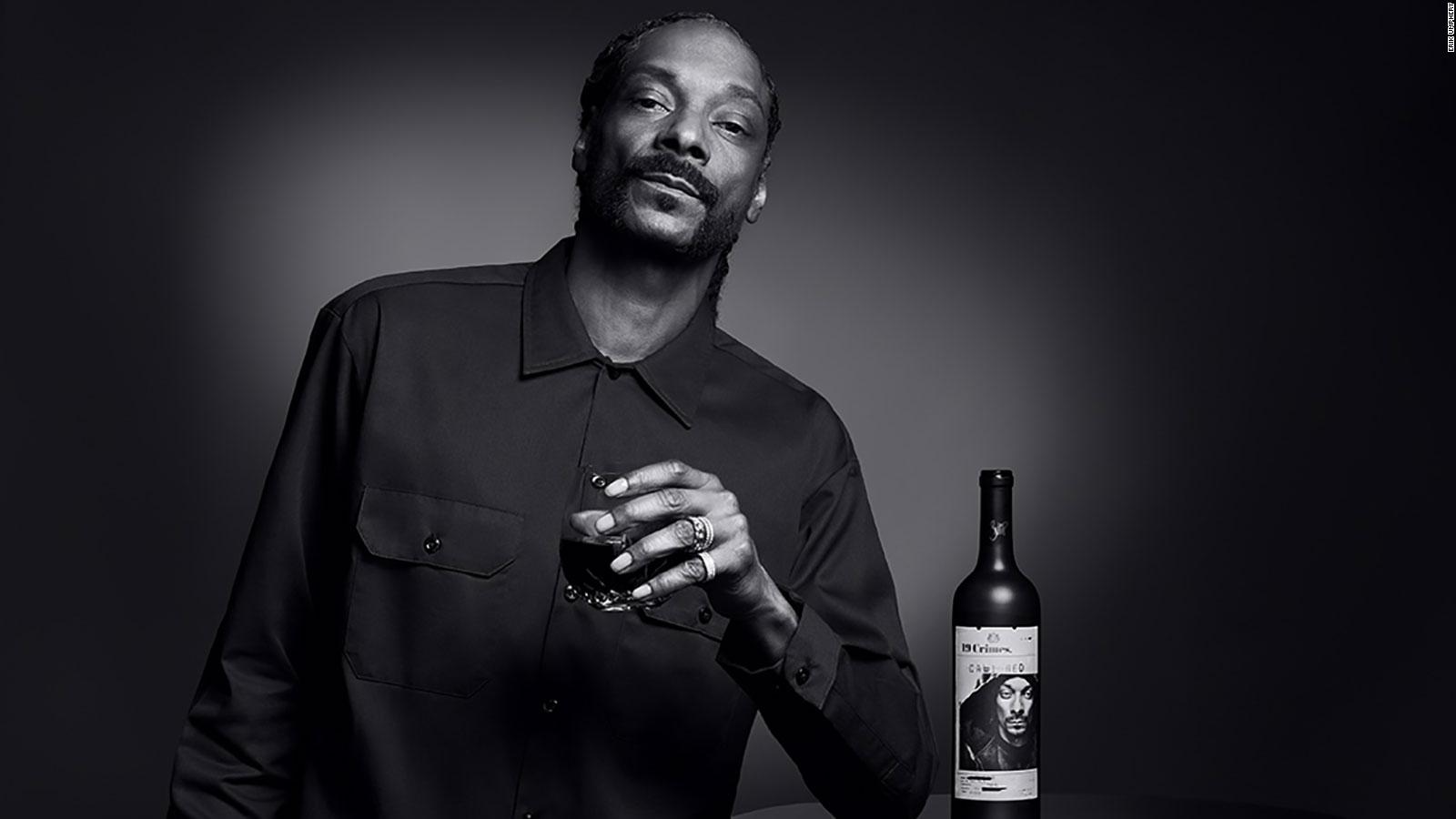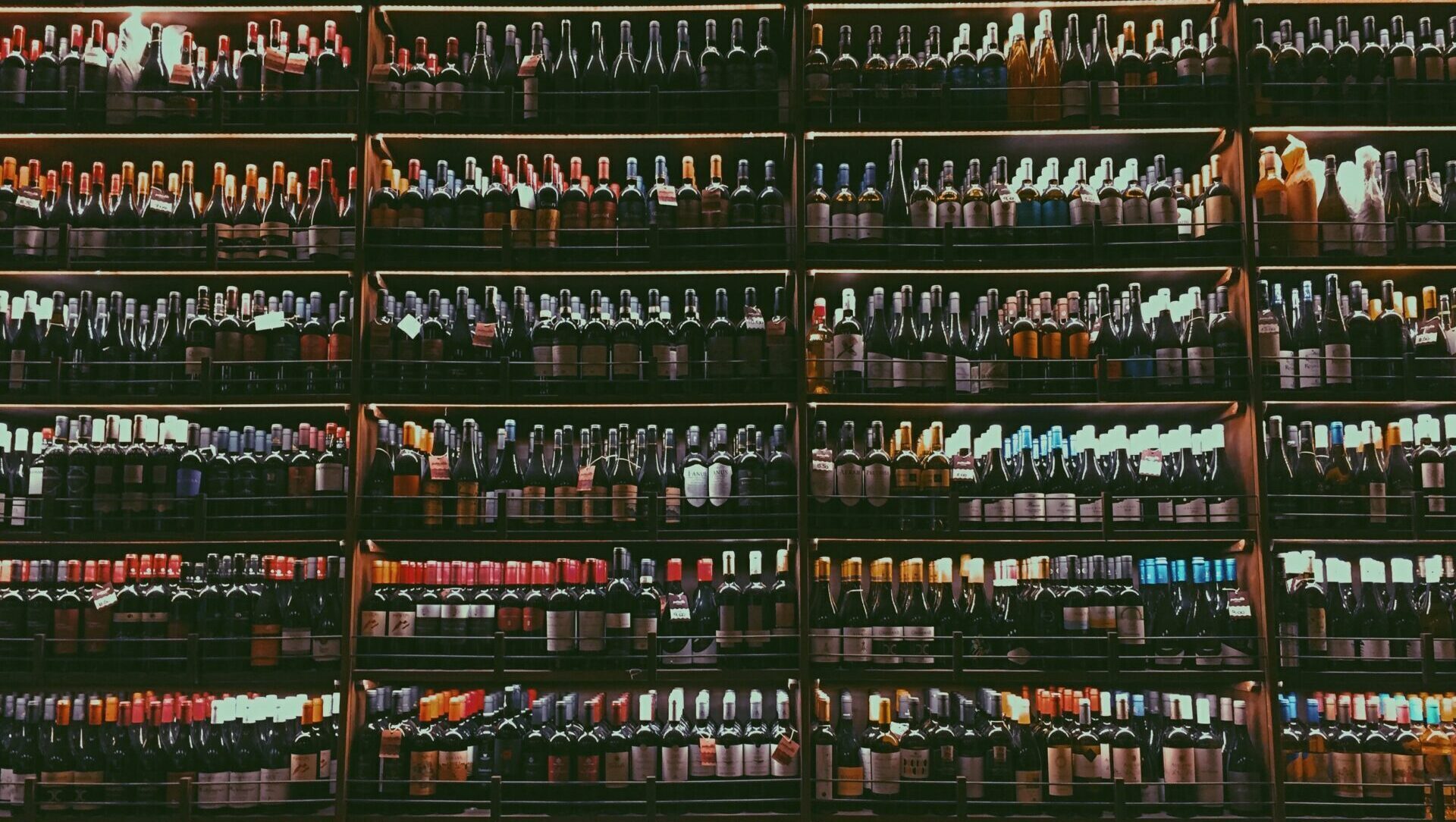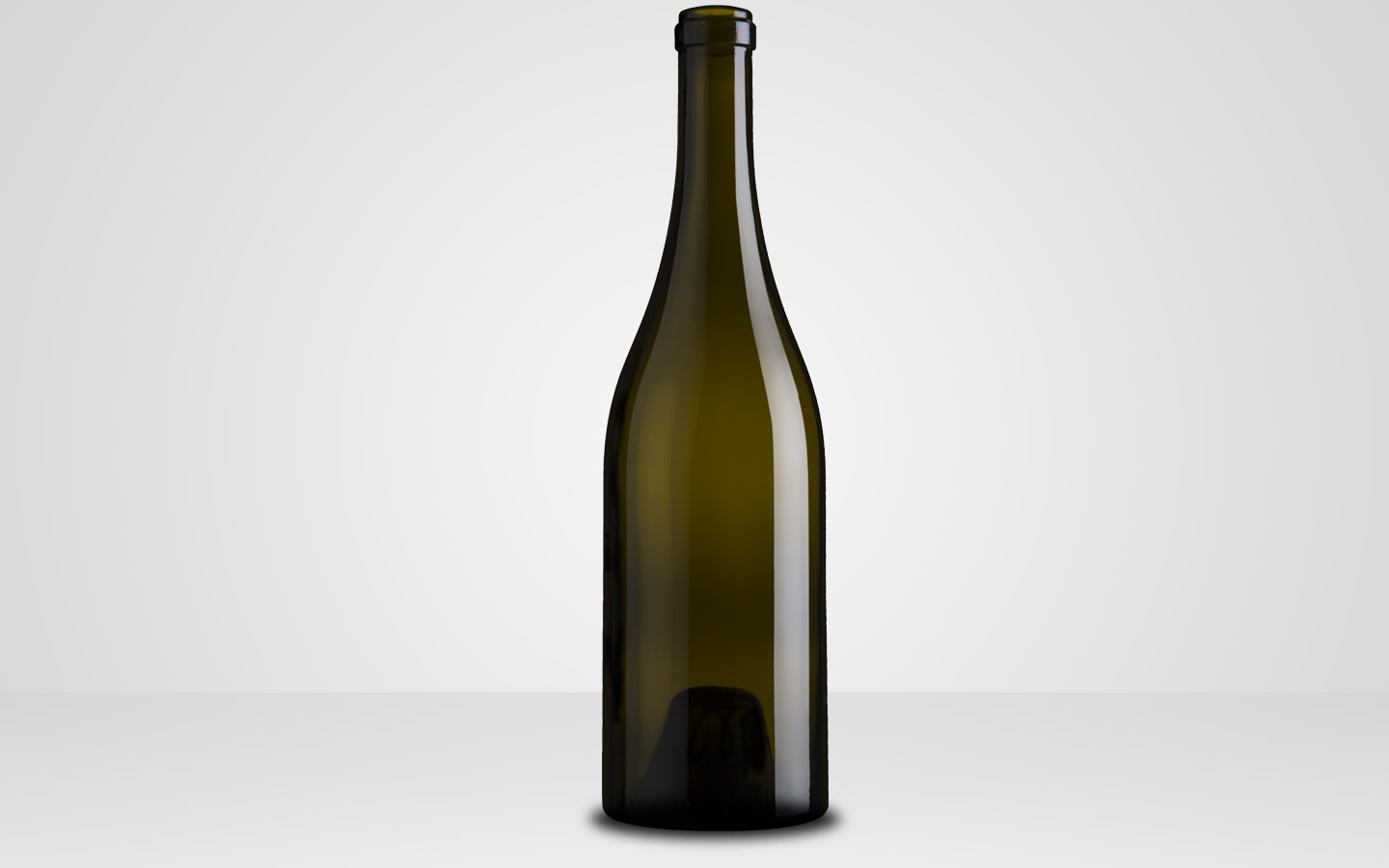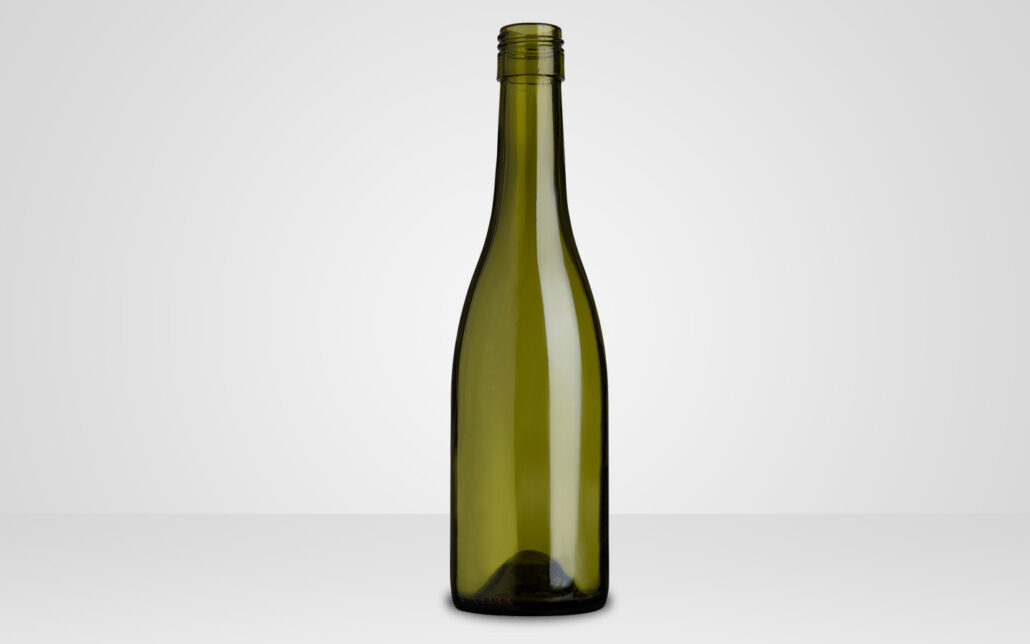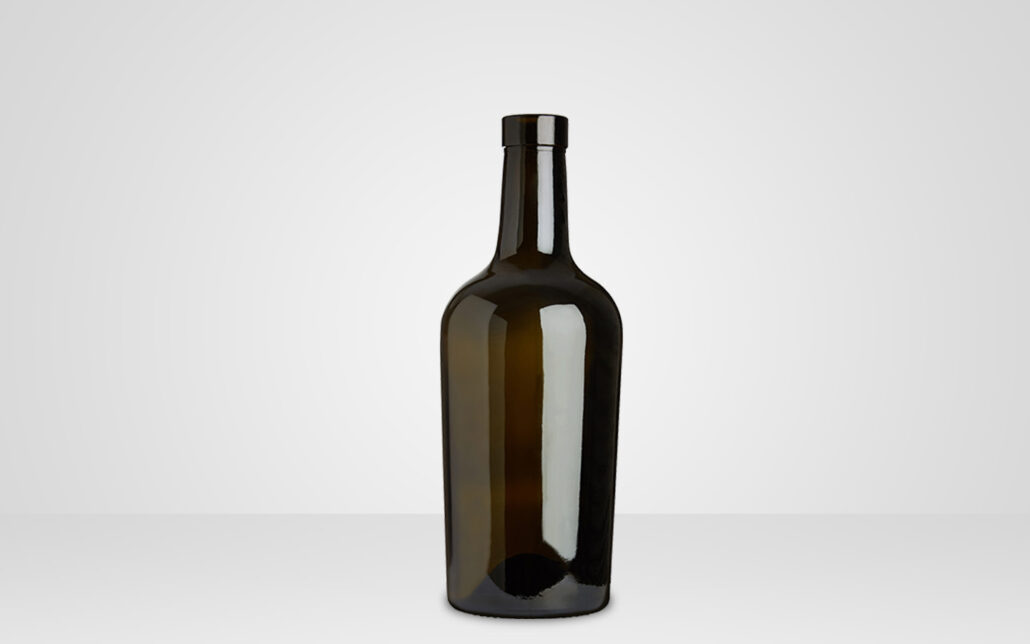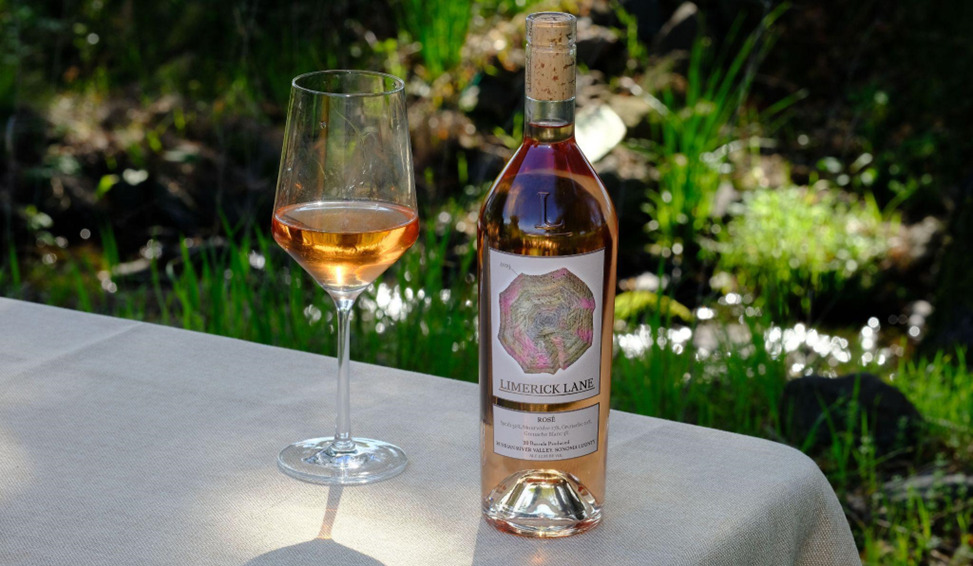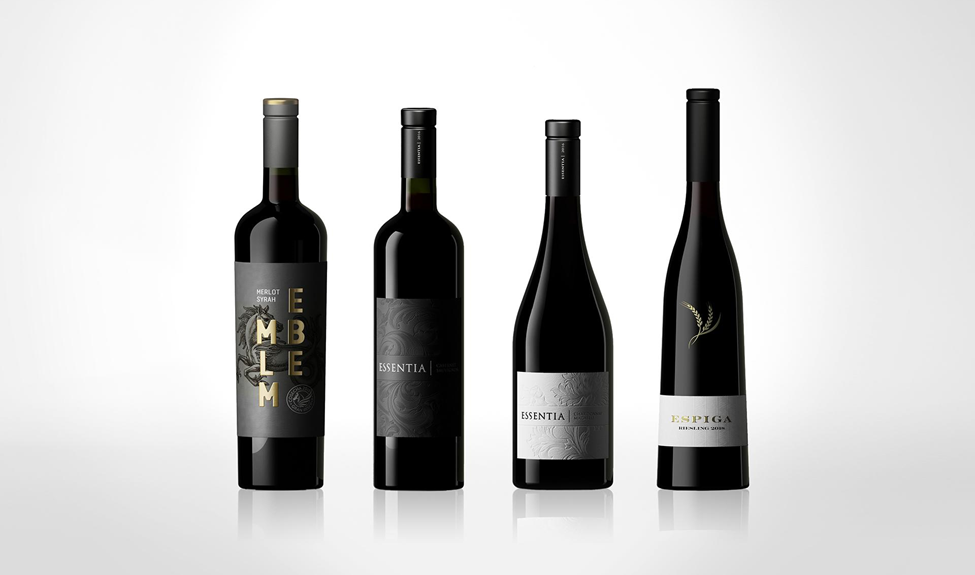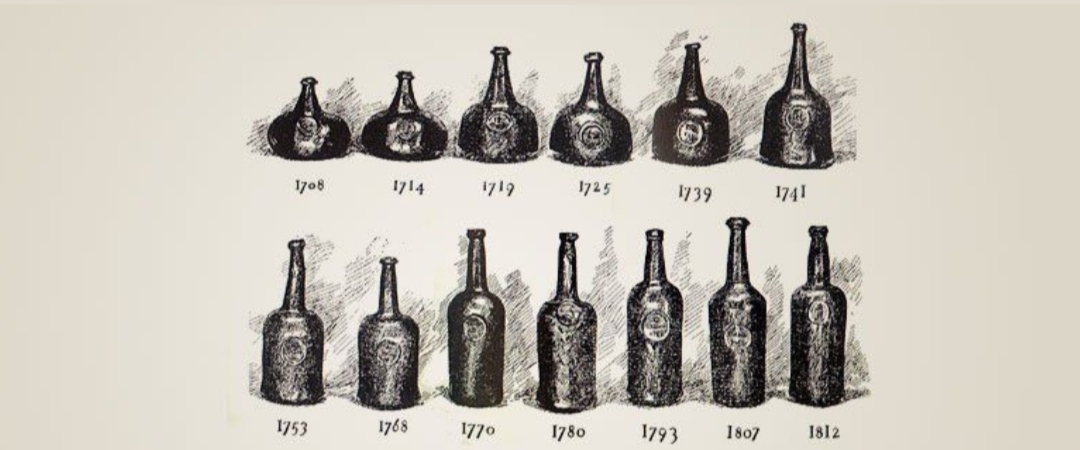5 Ways Your Wine Bottle Can Speak To Your Target Audience
Packaging is the First Touch Point a Consumer Has With Your Brand
Whether it’s an experienced consumer or someone buying their very first bottle, the appeal of your product is founded on the use of well considered glass packaging and label design. While these must be authentic to your brand and winery, it is critical to stay up to date with trends in the wine industry. If you want to effectively catch the attention of your target market, you should consider these 5 things about your wine packaging for your upcoming vintage and beyond.
A wine bottle (and its packaging) is the first touch point that a consumer has with your brand. Thoughtful consideration of every aspect of your wine packaging allows you to communicate your brand identity, provenance, product information, and the rationale behind the product in a way that is meaningful to your target audience.
A customer looks at a shelf, they choose a wine variety, such as a cabernet, but they are an inexperienced consumer and have little wine knowledge that can help them choose further than that.
So, where do customers look now?
To glass packaging, and to label design. These two elements can make a bottle stand out when faced with a continually growing and expanding plethora of options. When done well, they can generate intrigue, effectively convey your brand story to the consumer, and encourage engagement with your product.
5 Ways To Make Your Wine Bottle Speak To Your Target Audience

In an ever-changing consumer environment, here are 5 considerations that will assist you in accounting for consumer preferences, and provide you an outlet to convey your brand effectively to the market.
1. Value-Driven Wines
Consumers are looking for quality wines at a lower price point. One way to communicate better value to the consumer is through a compelling brand story, and premium cues in the wine labels and packaging. We have many different stock wine bottles, providing an effective and straightforward way of obtaining glass wine bottles. This is a perfect opportunity to engage with your more inexperienced customers who are looking for consistency and quality, but often at lower price points.
2. Minimalist Designs
When executed well, minimalist designs convey an element of elegance and luxury. It can represent a certain beauty and character of the wine, and that sometimes simplicity is best when consumers can be confused by wine jargon. Choosing a wine bottle style is important, in order to complement the minimalist design and provide a consistent look with your label and branding.
3. Price
While some consumers are looking to spend less for their wine, the market is now becoming millennial-driven, and high-income millennials are expected to become the largest segment of wine consumers.
One impact that the wine industry is seeing post-Covid is a higher spend from customers, and millennial consumers in particular have a desire to splurge, but on fewer, higher-quality products. Putting consideration into how you can communicate sophistication and elegance through your bottle packaging is key. Heavier, more luxury bottle designs will appeal to this segment of consumers who are willing to spend more on discretionary items and experiences, matching the quality of the wine inside.
4. Modern Wine Labels
With the shift of wine consumers to millennials comes a significant market opportunity to modernize the industry. There is a trend towards contemporary styled labels – more progressive in design, attention to detail in finishes, and an increase in ‘discoverable’ elements for the customer to explore. Consumers are taking their visual cues from the quality of the label design, as well as other quality cues such as the winery, region, or variety. A modern design will communicate a more appealing product to certain consumers, particularly with wines at a higher price point.
5. A Return to Retail
While there is no doubt that the direct-to-consumer e-commerce industry is going strong, it is still important to invest in a good experience for retail shoppers. It is important to stay relevant to the consumer across multiple touch points. As the pandemic slows down, and consumers are becoming less concerned about staying home, retail shopping is starting to increase.
Consumers enjoy the experience of going into a physical retail store and physically browsing through the range, thus it is important for your wine to have shelf appeal. This can be done through attractive labels, both in sight and touch. Texturizing the label is an innovative way to catch the eye of consumers, and if the label feels good quality, consumers will think the wine is too.
Global Package Stocks Trending Glass Packaging Brands
Elegant Light Line™
The Elegant Light Line features a sophisticated and confident design with accentuated curves and graceful neck styling that give the bottles a classic and timeless style. Influenced by the European style of bottle-making, our Elegant Light Line wine bottles will suit any wine.
Local Stock Bottles
Global Package understands the beauty of simplicity. We provide easy access to an attractive range of stock bottles for wine, spirits, and other products with ample local stock maintained in our California, Oregon, and North Carolina warehouses, giving you an effective, straightforward, and rapid route to market for your brand.
International Sourcing
These bottles, which feature high-quality designs and an ultra-premium presentation, are produced by factories exclusively in Europe. They are available in a range of glass colors and shapes, with unique bottle finishes.
Specialty Sommelier
Our Sommelier specialty bottles are of a different class of wine bottle. These bottles feature an anti-drip ring around the mouth, preventing drips when pouring the wine. These glass bottles are heavier than other options, thus providing a high-end, premium feel.
Specialty Wild Glass
If you need your wine brand to balance responsibility and care for the environment with the desire to run wild and free, this is the wine bottle for you. Made with recycled glass and a sustainable manufacturing process, our Wild Glass specialty bottles feature natural imperfections that make them unique and beautiful.
Specialty Doble Alto
Our Doble Alto specialty bottles are a luxurious execution of aesthetic and style. The bottles have a double base, which gives them an expensive and deluxe look. The wine bottles are also available in a range of finishes, including color gradation, magnifying glass effect, and coating at the bottom.
Custom Wine Bottles
In addition to all of the aforementioned categories, we also supply customized wine bottles based on your specific instructions and requirements. To truly integrate your packaging into your brand aesthetic, we can customize wine bottles into any shape or design you choose. Our knowledgeable team of experts are on hand to guide you through the whole process of creating the perfect custom wine bottle—from design through to production.
How can Global Package Help?
At Global Package, we are committed to helping you choose the best packaging for your wine brand. We offer outstanding and innovative packaging solutions for your winery, ensuring your product is packaged the way you want it.
Achieving your desired wine packaging is hard. It is also hard to communicate your brand the way you want to consumers, while also keeping on top of upcoming wine trends. At Global Package, we are here to help you choose the right bottle design, and are here every step of the way. We have a comprehensive portfolio of wines so we can meet both your budget and expectations. Get in touch with our experienced team for your next packaging project.
Sources
McKinsey (2022) Emerging consumer trends in a post COVID 19 world,
Cathaleen C & Sherman L (2022) Business of Fashion Podcast, <https://www.businessoffashion.com/podcasts/retail/navigating-the-return-of-wholesale-retail-the-debrief-podcast/>.
Heid M (2021) ‘A Field Guide to the Latest Trends in Wine-Label Design’ Food and Wine, <https://www.foodandwine.com/wine/wine-label-design-trends>.

